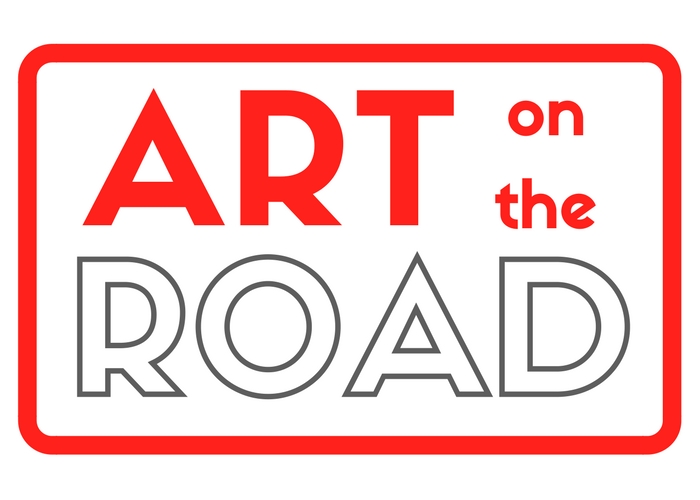NGCI Educators and Curators have been hitting the pavement to bring art lessons to every primary school in the Cayman Islands thanks to the support from Digicel. The project, called “Art on the Road,” is part of a wider NGCI campaign to bring artwork from the Gallery’s Permanent Collection into the community, ensuring it is fully accessible to all.
In the art lesson, which is geared towards Year 5 students, children learn about the important role that artists play in telling us about our history and preserving our culture for future generations to cherish and remember. In Cayman, artists are often inspired by our islands’ rich maritime heritage. This can be seen in works such as “Riding High” by Miguel Powery, which depicts two men sailing a catboat on a vibrant turquoise sea. “When we show the students this painting, they are immediately able to recognize the catboat and we’re able to spark a conversation about the importance of catboats within our history and culture. We’re able to explain the crucial role that art and artists play in telling our stories and keeping our culture thriving,” explains NGCI educator Jessica Ebanks.
After the brief presentation, students then create their own Cayman-themed art piece in the shape of a triangle to mimic a catboat sail. “We ask the students to imagine that they’re creating a picture for a friend that has never been to Cayman. What does Cayman mean to them? How would they depict what they love about Cayman?” says Assistant Curator Kerri-Anne Chisolm. The art activities feature various materials and techniques such as chalk, paint, block printing ink, etching, and printmaking. As art lessons may not be part of the regular curriculum in many classrooms, NGCI educators wanted to ensure that students were exposed to fun, hands on activities that they may not have tried otherwise. “It’s wonderful to see the kids so excited about creating. They try something new and come away with a great sense of accomplishment, all the while learning about our culture,” says Jessica.
To date, over 400 students have participated in the project, which will continue into April.

